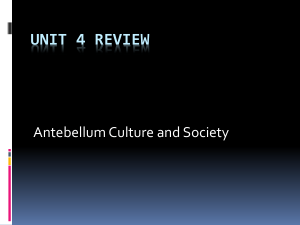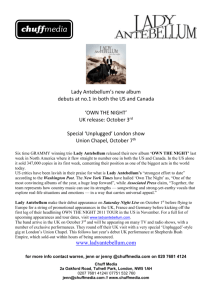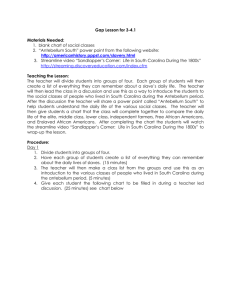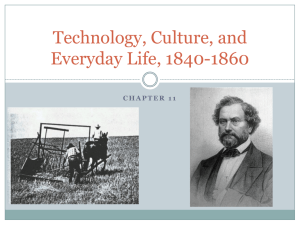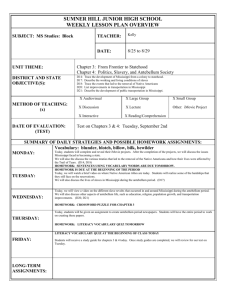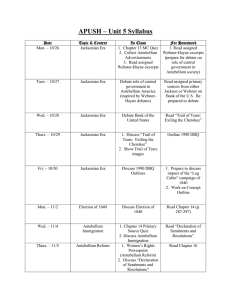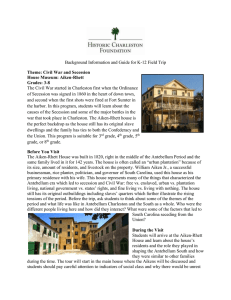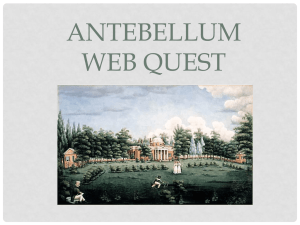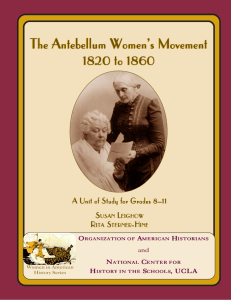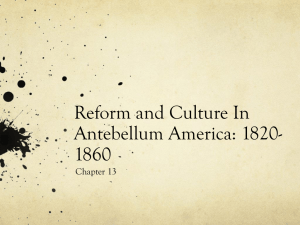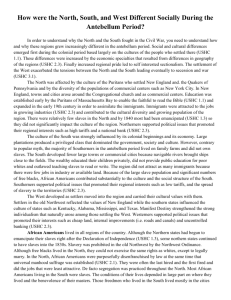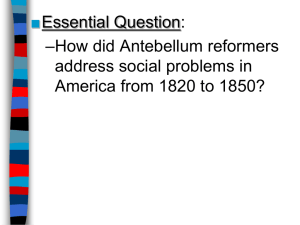Background Information and Guide for K
advertisement
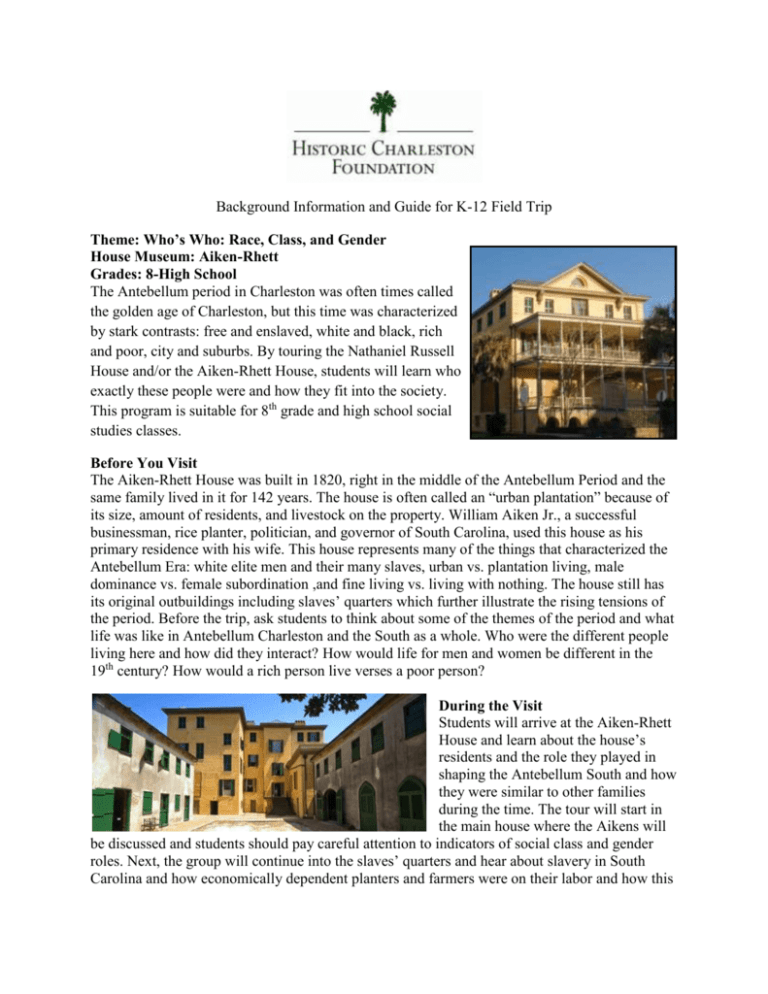
Background Information and Guide for K-12 Field Trip Theme: Who’s Who: Race, Class, and Gender House Museum: Aiken-Rhett Grades: 8-High School The Antebellum period in Charleston was often times called the golden age of Charleston, but this time was characterized by stark contrasts: free and enslaved, white and black, rich and poor, city and suburbs. By touring the Nathaniel Russell House and/or the Aiken-Rhett House, students will learn who exactly these people were and how they fit into the society. This program is suitable for 8th grade and high school social studies classes. Before You Visit The Aiken-Rhett House was built in 1820, right in the middle of the Antebellum Period and the same family lived in it for 142 years. The house is often called an “urban plantation” because of its size, amount of residents, and livestock on the property. William Aiken Jr., a successful businessman, rice planter, politician, and governor of South Carolina, used this house as his primary residence with his wife. This house represents many of the things that characterized the Antebellum Era: white elite men and their many slaves, urban vs. plantation living, male dominance vs. female subordination ,and fine living vs. living with nothing. The house still has its original outbuildings including slaves’ quarters which further illustrate the rising tensions of the period. Before the trip, ask students to think about some of the themes of the period and what life was like in Antebellum Charleston and the South as a whole. Who were the different people living here and how did they interact? How would life for men and women be different in the 19th century? How would a rich person live verses a poor person? During the Visit Students will arrive at the Aiken-Rhett House and learn about the house’s residents and the role they played in shaping the Antebellum South and how they were similar to other families during the time. The tour will start in the main house where the Aikens will be discussed and students should pay careful attention to indicators of social class and gender roles. Next, the group will continue into the slaves’ quarters and hear about slavery in South Carolina and how economically dependent planters and farmers were on their labor and how this differed from what it was like in other parts of the country. Students should be looking for clues in and around the house and outbuildings to tell them how all of the occupants lived and worked in the space and what these facts can tell us about what the Antebellum Era was like for people living during it. Men and women lived very separate lives and the house illustrates many of these differences. After the tour, the group will participate in a hands on activity and lesson. Students will examine political cartoons from the period to explain what the major issues of the era were for male and female members of the aristocracy, middle class, lower class, and slaves. They will break into groups and answer questions about the picture then present to their class and explain why the issue was significant in the Antebellum Period. Students will finish their visit by commenting on how the Aiken-Rhett House illustrates race, class, and gender of the Antebellum Era and reflects some of the wider issues going on in South Carolina and the whole country. After the Visit Encourage students to research other historic houses from other time periods to see how the house can tell a story about the family that lived there and what was going on in the time period. George Washington’s Mount Vernon, Robert E. Lee’s Stratford Hall, and Theodore Roosevelt’s Sagamore Hill are good examples. What social class were these people from and how do their homes explain what their life was like? Does the house provide any commentary to what life was like in the U.S. during that time period? Have students use the information they learned on their tour of the Aiken-Rhett House help answer some of these questions. Additionally, have students take what they learned in their hands on activity and write a report on it. Students can do further research on more political cartoons from the 1800s of their choosing and write about how the media can shape people’s thinking and perceptions of a political or economic issue. They can find images illustrating the frustrations of slaves, women fighting for their rights, small farmers struggling to complete with wealthy planters etc. Students can make a chart of each race, class, and gender and their occupation/jobs, education, and type of home to further illustrate the differences of the period. Your students can share their charts with the class or keep them to help study the period and reflect how the Nathaniel Russell House shows how the men, women, wealthy, and enslaved of the Antebellum period lived and worked.
